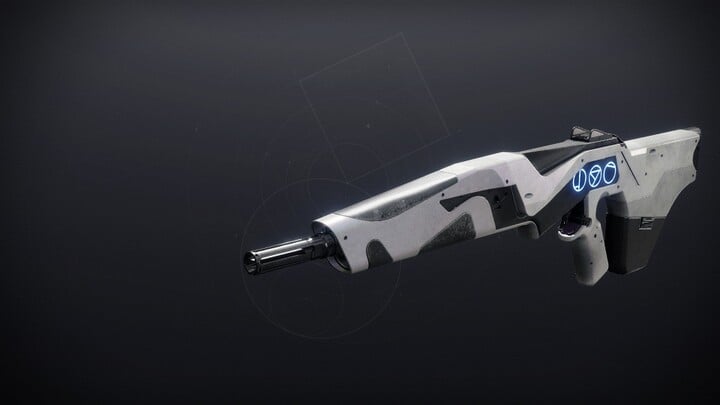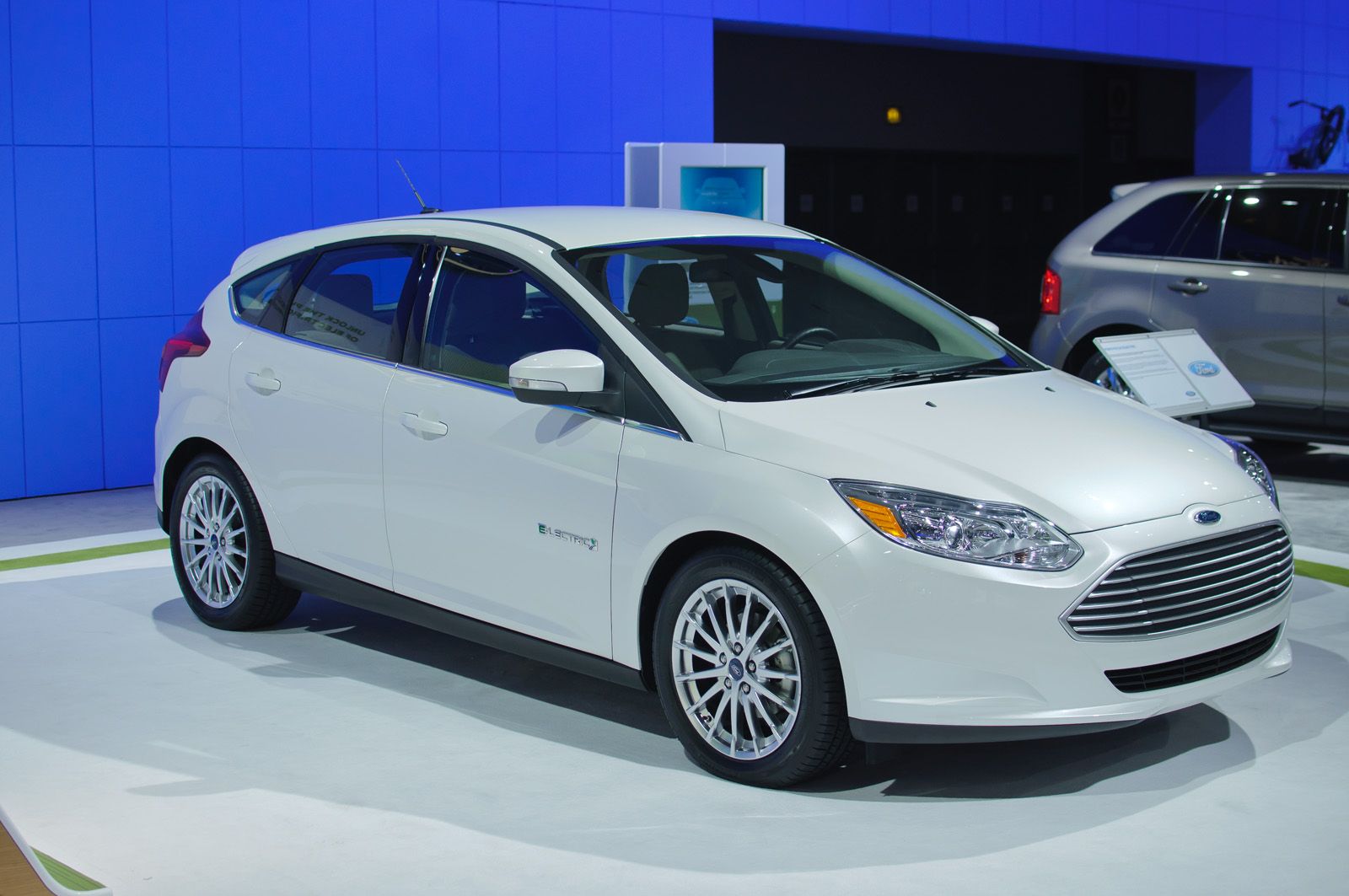
The relentless pursuit of speed has always been a defining characteristic of human innovation, a primal drive to overcome distance and conquer time. From the earliest wheeled conveyances to the sophisticated machines of today, our fascination with velocity pushes the boundaries of engineering, physics, and even human endurance. This drive manifests in countless forms, from the sleek lines of a hypercar engineered for outright pace to the breathtaking acceleration of a state-of-the-art train or the controlled chaos of a record-setting rollercoaster.
In an era where performance metrics are constantly scrutinized and improved, understanding the technological underpinnings of these speed demons offers a fascinating glimpse into the future of motion. While the market for Sport Utility Vehicles (SUVs) continues to evolve with increasingly powerful and agile models, the broader landscape of record-breaking speeds encompasses a diverse array of categories, each pushing distinct limits. This article takes a deep dive into some of the most extraordinary examples of velocity, exploring the cutting-edge design, innovative powerplants, and precision engineering that define the fastest machines and individuals across various terrestrial and associated domains.

1. **Fastest Production Car – SSC Tuatara**The quest for the ultimate road-legal speed machine reached a new zenith with the SSC Tuatara, a hypercar from SSC North America, an exclusive sports car maker based in Richland, Washington state. This engineering marvel represents the pinnacle of automotive performance, meticulously designed to shatter existing speed records for production vehicles. Its very existence is a testament to the relentless innovation within the high-performance automotive sector, where every component is optimized for minimal drag and maximum propulsion.
On January 27, 2021, the Tuatara officially claimed the title of the world’s fastest production car, achieving an astonishing two-way average speed of 282.9 mph (455.3 km/h) at the Space Florida Launch and Landing Facility. This monumental feat not only etched its name into automotive history but also decisively broke the previous record held by the Koenigsegg Agera RS. The rigorous validation by Racelogic, a renowned automotive testing firm specializing in vehicular tracking systems, ensured the integrity and accuracy of this groundbreaking achievement, solidifying the Tuatara’s place at the apex of road-legal speed.
The journey to this record was not without its challenges. The 2021 triumph was, in fact, the Tuatara’s third attempt to surpass the 277 mph record set by the Koenigsegg Agera RS in 2017. Earlier claims of a 316 mph top speed were met with skepticism and subsequently refuted by independent sources, highlighting the stringent requirements and immense pressures involved in verifiable speed record attempts. This perseverance underscores the dedication of the SSC North America team to not only achieve but also rigorously validate their engineering prowess, setting a new benchmark for automotive excellence.
Beyond its official two-way average, the Tuatara has continued to demonstrate its immense capabilities. In May 2022, Larry Caplin pushed his Tuatara even further, recording a unidirectional top speed of 295 mph over a 2.3-mile stretch at the same Space Florida’s Launch and Landing Facility. While not an official two-way average, this individual run further illustrates the raw power and aerodynamic efficiency of the vehicle. Such performances showcase the fine line between theoretical maximums and reliably measured, verifiable records, captivating enthusiasts who follow the ceaseless race for automotive supremacy.
Read more about: I’m a Race Driver: 7 Apex Machines Pushing the Limits of Speed and Engineering
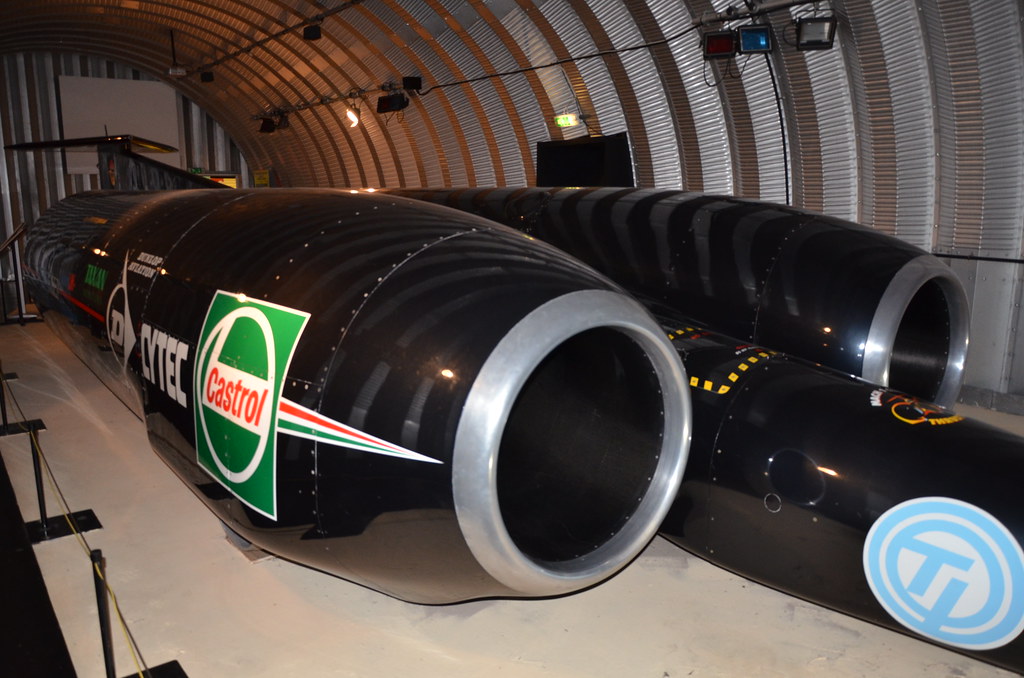
2. **Fastest Non-Production Car – ThrustSSC**Stepping beyond the realm of production vehicles, the ThrustSSC, or Thrust SuperSonic Car, represents an entirely different class of speed machine, designed with one singular purpose: to break the sound barrier on land. This extraordinary vehicle is not intended for the open road or public consumption but stands as a pure expression of human ambition and advanced aeronautical engineering applied to terrestrial locomotion. Its very form, more akin to a jet fighter without wings, immediately communicates its radical departure from conventional automotive design.
ThrustSSC made history on October 15, 1997, in the vast expanse of the Black Rock Desert, Nevada, when it achieved an unparalleled top speed of 763 mph (1,228 km/h). This monumental achievement not only secured its record as the fastest non-production car but also marked the first time any land vehicle had officially broken the sound barrier. Piloted by Wing Commander Andy Green, a highly skilled Royal Air Force pilot, the event was a triumph of precise planning, daring execution, and a profound understanding of extreme aerodynamic forces.
The sheer power driving ThrustSSC was staggering, provided by two Rolls-Royce Spey turbofan engines. These formidable powerplants, originally used in British F-4 Phantom II jet fighters, collectively produced an astounding 102,000 brake horsepower (bhp). This immense thrust was necessary to overcome the incredible drag and turbulence encountered at transonic and supersonic speeds, requiring not just power, but also an incredibly stable and robust chassis to manage the immense forces at play.
The engineering behind ThrustSSC involved complex considerations far beyond typical automotive design. Managing the airflow, controlling stability, and ensuring the pilot’s safety at velocities exceeding the speed of sound demanded innovative solutions in materials science, aerodynamics, and control systems. The success of ThrustSSC remains a powerful testament to what can be achieved when advanced aerospace technology is harnessed for terrestrial speed records, pushing the envelope of human-made velocity on solid ground.
Read more about: Beyond the Redline: A MotorTrend Exploration of Earth’s Ultimate Speed Machines and Natural Wonders
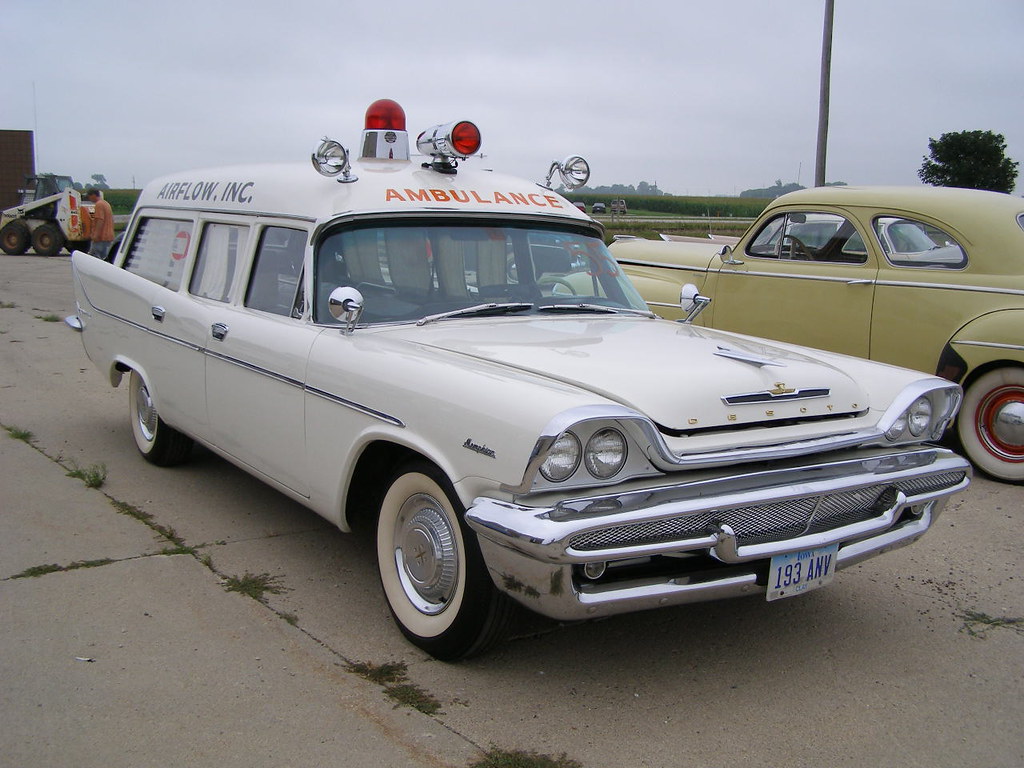
3. **Fastest Ambulance – Modified Lotus Evora**In the critical race against time that defines emergency services, speed can be a life-saving attribute. Enter the HyperSport Responder, an extraordinary ambulance that redefines rapid medical response, demonstrating how cutting-edge automotive technology can be repurposed for vital societal functions. Developed and manufactured by W Motors, a Dubai-based company renowned for its exclusive and rare hypercars like the Lykan HyperSport, this vehicle is far from a conventional emergency transporter.
The HyperSport Responder is lauded as the fastest ambulance in the world, boasting an astonishing top speed of 395 kilometers per hour (245.4 miles per hour). This incredible velocity is a stark contrast to typical ambulance speeds and capabilities, highlighting a specialized application of high-performance engineering. Its design and construction emphasize not just raw speed, but also the integration of advanced features to ensure rapid transit and effective medical intervention, wherever it’s needed most urgently.
Such an advanced and specialized vehicle comes with an equally impressive price tag. The HyperSport Responder costs nearly 13 million AED (United Arab Emirates Dirhams), a figure that clearly underscores its exclusivity and the high-end features incorporated into its design. This investment reflects a commitment to deploying state-of-the-art resources in critical situations, where milliseconds can make a difference. The choice of a modified Lotus Evora platform, known for its agile handling and performance characteristics, further emphasizes the intent to create an ambulance that performs under extreme pressure.
Beyond its headline-grabbing speed, the very concept of such a high-performance ambulance speaks to an innovative approach to emergency logistics. While not a volume production vehicle, its existence pushes the boundaries of what is considered possible for rapid response, potentially influencing future developments in specialized emergency transport design and technology. It’s a compelling blend of luxury hypercar engineering and life-saving utility, illustrating a unique intersection of speed and purpose.
Car Model Information: 2024 Land Rover Range Rover Sport Dynamic SE
Agencyname: Abu Dhabi Police
Commonname: Abu Dhabi Police
Logo: File:Abu_Dhabi_Police_Logo.svg
Logocaption: Official emblem of Abu Dhabi Police
Formedyear: [object Object]
Country: United Arab Emirates
Subdivtype: City
Subdivname: Emirate of Abu Dhabi,United Arab Emirates
Map: Abu Dhabi in United Arab Emirates.svg
Governingbody: Government of Abu Dhabi
Sizearea: 67340 km2
Abbr: on
Sizepopulation: 2784490
Police: Yes
Local: true
Headquarters: 617 Shakhbout Bin Sultan Street, Abu Dhabi
Chief1name: Major General Ahmed Saif bin Zaitoon Al Muhairi
Chief1position: Commander
Chief2name: Major General Sheikh Mohammed bin Tahnoon Al Nahyan
Chief2position: Director General
Website: [https://www.adpolice.gov.ae/en/Pages/home.aspx www.adpolice.gov.ae]
Categories: 1957 establishments in the Trucial States, Articles with short description, CS1 French-language sources (fr), CS1 maint: archived copy as title, CS1 maint: numeric names: authors list
Summary: Abu Dhabi Police is the primary law enforcement agency in the Emirate of Abu Dhabi, one of the United Arab Emirates.
Get more information about: Abu Dhabi Police Force
Buying a high-performing used car >>>
Brand: W Motors Model: HyperSport Responder
Price: $78,879 Mileage: 22,043 mi.
Read more about: I’m a Race Driver: 7 Apex Machines Pushing the Limits of Speed and Engineering
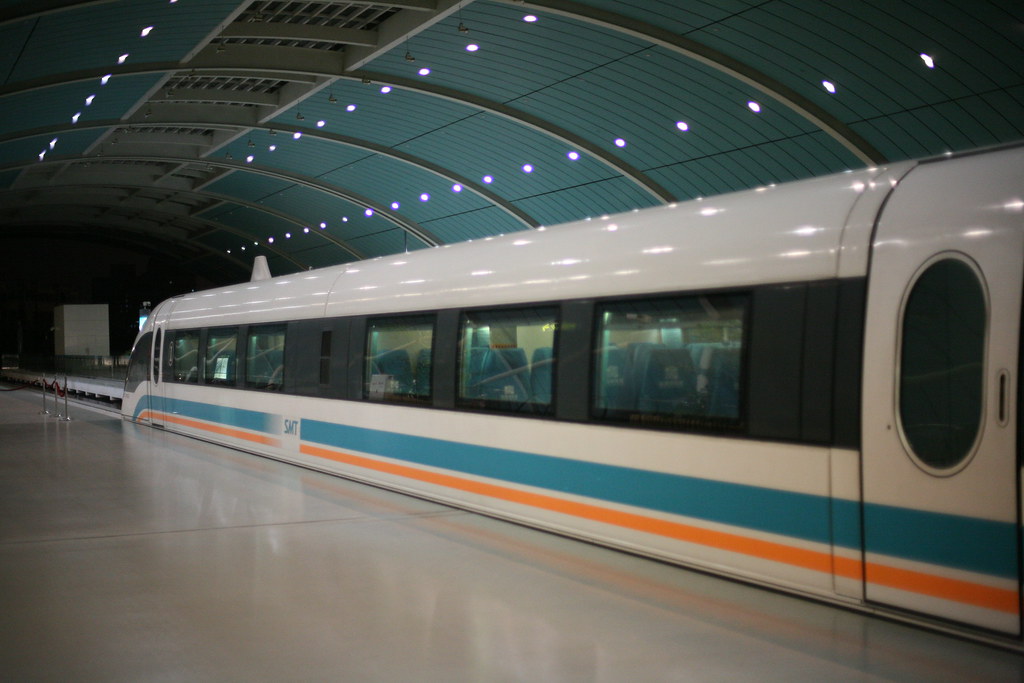
4. **Fastest Commercial Train – Shanghai Maglev**When it comes to mass transit, the Shanghai Maglev stands as a colossal achievement in speed and efficiency, representing the zenith of commercial rail travel. This isn’t just a fast train; it’s a magnetic levitation system that defies conventional friction-based rail transport, offering a glimpse into the future of intercity connections. Operating in Shanghai’s Pudong district in China, it holds the distinction of being the world’s oldest and fastest commercial electric train, having captivated passengers with its incredible velocity for years.
The Shanghai Maglev is capable of reaching remarkable operational speeds, with its top velocity hitting approximately 268 miles per hour (431 km/h). This speed is achieved by utilizing electromagnets to lift the train above the tracks, eliminating friction and allowing for an exceptionally smooth and rapid journey. The principle of magnetic levitation, or “maglev,” allows the train to float, gliding silently and effortlessly at speeds that traditional wheeled trains simply cannot match, showcasing a paradigm shift in rail technology.
The ambitious project, also known as Shanghai Transrapid, required a substantial investment, costing US$1.33 billion, and took over two and a half years to complete. This significant undertaking involved the construction of two 18.9-mile (30.5 km) long tracks and associated terminals, a testament to the scale of infrastructure needed for such advanced transportation systems. The commitment to this technology underscores China’s vision for high-speed connectivity and its willingness to invest in groundbreaking solutions.
The train sets themselves were the product of a collaborative effort between two prominent German companies, Siemens and ThyssenKrupp, while another German firm, Vahle. Inc., was instrumental in the electrification of the line. This international collaboration brought together some of the best engineering minds to realize a public transport system that not only excels in speed but also demonstrates advanced technological prowess, redefining expectations for urban and regional transit.
Read more about: I’m a Race Driver: 7 Apex Machines Pushing the Limits of Speed and Engineering
5. **Fastest Roller Coaster – Formula Rossa in Abu Dhabi**For those seeking an adrenaline surge on fixed tracks, the Formula Rossa roller coaster in Abu Dhabi offers an unparalleled experience in raw acceleration and G-force, laying claim to the title of the world’s fastest. Located at Ferrari World amusement park, this steel-launched coaster is a marvel of engineering designed to simulate the intense sensation of a Formula 1 race car, albeit without the steering wheel. It transcends mere amusement ride status, pushing the boundaries of what a passenger vehicle on a track can achieve in terms of sheer speed.
Manufactured by Intamin and inaugurated on November 4, 2010, Formula Rossa delivers an astounding maximum speed of 149.1 mph (240 km/h). This blistering pace is achieved through a sophisticated modern hydraulic launch system, which propels the coaster from a standstill to its top speed in a breathtaking 4.9 seconds. To put this into perspective, it outpaces the second-fastest roller coaster, Kingda Ka, by a significant margin of approximately 21 miles per hour, securing its undisputed position at the pinnacle of thrill rides.
Riders on Formula Rossa don’t just experience speed; they are subjected to intense forces. Throughout the journey, passengers experience 4.8 Gs, a gravitational force comparable to what fighter pilots or astronauts might endure during extreme maneuvers. This combination of rapid acceleration and high g-forces creates an immersive and truly unforgettable experience, demanding both robust engineering for the ride and a high tolerance for exhilaration from its passengers.
The design of Formula Rossa is not merely about achieving high speeds but also about simulating the dynamic performance of a high-end racing vehicle. Every curve, ascent, and descent is meticulously calibrated to enhance the sensation of speed and power. It stands as a testament to the innovative application of hydraulic launch technology, delivering a sensory overload that perfectly embodies the spirit of speed and competition, thrilling millions who dare to challenge its pace.
Having delved into the engineering marvels that push the boundaries of terrestrial velocity, from hyperspeed cars to magnetic levitation trains and gravity-defying roller coasters, our journey into the realm of extreme speed is far from over. The relentless pursuit of velocity extends beyond the ground, challenging the skies and seas, and indeed, redefining the physiological limits of living organisms. This section continues our exploration, shifting our focus to the groundbreaking achievements in aerial and aquatic transport, alongside the breathtaking pace achieved by the fastest creatures of the natural world and the pinnacle of human athletic performance. Prepare to witness how advanced design, bio-mechanical adaptations, and sheer innovation coalesce to produce some of the most astonishing displays of speed across diverse environments.
Read more about: I’m a Race Driver: 7 Apex Machines Pushing the Limits of Speed and Engineering
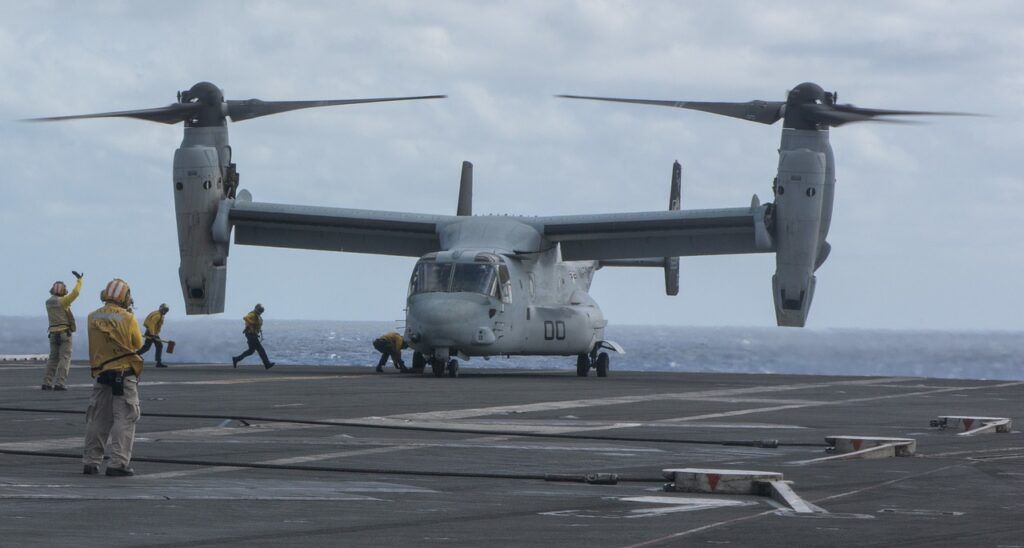
6. **Fastest Helicopter – Bell Boeing V-22 Osprey**The V-22 Osprey stands as a testament to engineering ingenuity, uniquely blending the vertical takeoff and landing capabilities of a conventional helicopter with the high-speed, long-range characteristics of a fixed-wing turboprop aircraft. This advanced military aircraft, therefore, offers a versatile solution for strategic deployment, capable of rapid ascent and swift transit over considerable distances, a combination rarely found in other airframes. It redefines what is possible in military aviation by transcending traditional limitations of rotary-wing flight.
At the core of the Osprey’s formidable performance are its two Rolls-Royce T406-AD-400 engines, also known as AE 1107C-Liberty, each delivering an impressive 6,150 shaft horsepower. This immense power propels the V-22 to a maximum speed of 351 mph (305 knots) when flying at 15,000 feet, positioning it among the fastest aerial vehicles of its class. Its maximum cruise speed, an equally vital metric for operational efficiency, is recorded at a swift 306.1 mph, making it comparable to larger military transport aircraft like the Lockheed C-130, and effortlessly surpassing the speed of conventional helicopters.
The true innovation of the V-22 Osprey lies in its ability to tilt its engine nacelles up to 80 degrees. This allows for both rapid vertical takeoffs and the transition to forward flight, enabling it to reach high altitudes and blistering speeds with remarkable agility. Furthermore, its control systems are so advanced that the aircraft can maintain a stable hover even in less than ideal wind conditions, reducing the constant steering input typically required from the pilot. This sophisticated design ensures precise maneuverability alongside its raw speed.
The V-22 Osprey’s ability to outrun conventional helicopters and match the speed of some larger military transport aircraft underscores its significance. It offers critical tactical advantages, enabling forces to insert or extract personnel and equipment rapidly in contested environments, bridging the gap between slow, short-range helicopters and faster, runway-dependent fixed-wing aircraft. This hybrid design represents a pioneering leap in aerospace engineering, demonstrating the relentless push for integrated, high-performance solutions in the air.
Read more about: I’m a Race Driver: 7 Apex Machines Pushing the Limits of Speed and Engineering

7. **Fastest Boat – Spirit of Australia**The world of aquatic speed has its own legendary contender, the ‘Spirit of Australia,’ a wooden speed boat meticulously designed and constructed by the visionary Australian motorboat racer, Ken Warby. Born from a singular ambition, this vessel was engineered specifically to conquer the formidable challenge of the world water speed record. Its design represents a pure, unadulterated pursuit of velocity on the water’s surface, reflecting a hands-on, determined approach to breaking barriers.
On October 8, 1978, Warby piloted the ‘Spirit of Australia’ to an official world record, achieving an astounding speed of 317 mph (275.98 knots) on the Tumut River in New South Wales, Australia. This monumental achievement cemented his place in history, setting a benchmark for water speed that has yet to be surpassed officially. Remarkably, sources also indicate that Warby reportedly broke his own record a year later in the same location, clocking an even faster 344 mph (300 knots), though this subsequent run was not officially recorded, leaving the 317 mph mark as the enduring, verifiable pinnacle.
The raw power driving the ‘Spirit of Australia’ came from a single Westinghouse J34 jet engine. This engine, a relic of mid-20th century aviation, was originally employed in various jet fighters and as an auxiliary powerplant in larger aircraft such as the Lockheed P2 Neptune during the 1940s and 50s. The repurposing of such a powerful, high-performance engine for a watercraft speaks volumes about Warby’s innovative spirit and determination to push the limits of what a boat could achieve. It’s a classic tale of engineering resourcefulness meeting daring ambition on the aquatic frontier.
Read more about: Investment Guide: The 14 Classic Cars That Have Consistently Appreciated by Over 50% in the Last Decade

8. **Fastest Land Animal – Cheetah**When the conversation turns to speed on solid ground, one animal immediately springs to mind: the Cheetah. Holding the undisputed title of the fastest land animal, these magnificent felines are nature’s ultimate sprinters. Their ability to accelerate from a standstill to 60 mph in under three seconds is nothing short of astonishing, surpassing the initial burst of most high-performance production cars. This explosive acceleration, coupled with their formidable top-end speed, makes them a peerless hunter in the African savannah, a true marvel of biological engineering.
Cheetahs can achieve top speeds ranging from 68 to 75 mph (approximately 109.4–120.7 km/h) over short distances. The fastest reliably recorded speeds for cheetahs, rigorously measured in controlled conditions, fall between 93 and 98 km/h (58 and 61 mph). To put this into perspective, the maximum speed attained by a cheetah significantly surpasses that of a pronghorn, another swift land animal, which reaches approximately 55 mph. This impressive velocity ensures their dominance in the high-stakes game of predator and prey.
These remarkable speeds are not merely a result of brute force but are facilitated by a suite of extraordinary physical adaptations. The cheetah boasts a slender, muscular body, exceptionally long and lean legs, and an elongated tail that acts as a crucial counterbalance and rudder during high-speed chases and sharp turns. Moreover, when in full sprint, a cheetah spends more time airborne than it does with its paws on the ground, a unique biomechanical trait that contributes significantly to its blistering pace and incredible stride length.
Their hunting strategy is a masterclass in exploiting their speed. Cheetahs combine their blistering pace with acute eyesight to target and pursue animals such as impalas and gazelles across the wide-open expanse of the African savannah. While their endurance is limited, typically to bursts of about 60 seconds, this short, explosive effort is usually sufficient to overwhelm prey that lacks the cheetah’s instantaneous acceleration and maneuverability. The cheetah’s existence is a vivid illustration of how evolution can sculpt a creature perfectly adapted for unparalleled land speed.
Read more about: Beyond the Redline: A MotorTrend Exploration of Earth’s Ultimate Speed Machines and Natural Wonders

9. **Fastest Man – Usain Bolt**Shifting our focus from the wild kingdom to the arena of human endeavor, the name Usain Bolt resonates as the epitome of human speed. The retired Jamaican athlete is widely celebrated as perhaps the greatest sprinter of all time, an eleven-time world champion and an eight-time Olympic gold medalist across the 100-meter, 200-meter, and 4 x 100-meter relay events. His career marked a golden era in track and field, captivating audiences worldwide with his seemingly effortless dominance.
Bolt’s record-breaking performances are etched into athletic history. At the 2009 World Championships, he shattered his own previous world record in the 100-meter dash, crossing the finish line in an astonishing 9.58 seconds. Not content with just one record, he also set an equally mind-boggling 200-meter record of 19.19 seconds at the very same event. These feats of speed pushed the boundaries of human performance, demonstrating what is achievable through dedication, talent, and sheer power.
Beyond his athletic prowess, Usain Bolt transcended the sport to become a global sports icon. His charismatic personality, the universally recognized celebratory ‘Lightning Bolt’ pose, and his engaging interactions with fans and fellow athletes endeared him to millions around the globe. He brought a sense of joy and showmanship to professional sprinting, making every race an event not just of athletic competition, but also of pure entertainment.
Delving into the physics of his speed, Bolt’s absolute fastest recorded speed during his 9.58-second 100-meter sprint was an incredible 12.29 meters per second (44.2 km/h; 27.5 mph), achieved at the 67.90-meter mark of the race. Even accounting for the brief reaction time at the start, the average speed of that historic race was 10.44 meters per second (37.6 km/h; 23.4 mph). This provides a stark data-driven insight into the peak of human terrestrial velocity.
While humans, even at Bolt’s extraordinary level, cannot match the top speeds of animals like the cheetah in short bursts, our species possesses an unparalleled trait: endurance. Compared to most other land animals, humans are exceptionally capable of sustaining speed over very long distances, a unique evolutionary advantage that allows us to outrun almost every other species on land, save for certain specialized domestic dogs. This highlights the diverse forms that ‘fastest’ can take, from explosive sprints to sustained, unwavering pace.
Read more about: Beyond the Redline: A MotorTrend Exploration of Earth’s Ultimate Speed Machines and Natural Wonders
From the meticulously engineered machines that defy drag and friction to the biologically perfected forms that glide through air and water or sprint across land, the spectrum of speed is vast and awe-inspiring. Each example, whether a multi-million dollar hypercar or a finely tuned biological predator, stands as a testament to the diverse paths through which extreme velocity can be achieved. The journey through these fastest entities on Earth reveals not just impressive numbers, but also the ingenuity, adaptation, and sheer force of will—both human and natural—that continues to push the limits of what is possible. As technology advances and biological understanding deepens, the race for speed will undoubtedly continue, promising even more breathtaking achievements on the horizon.

